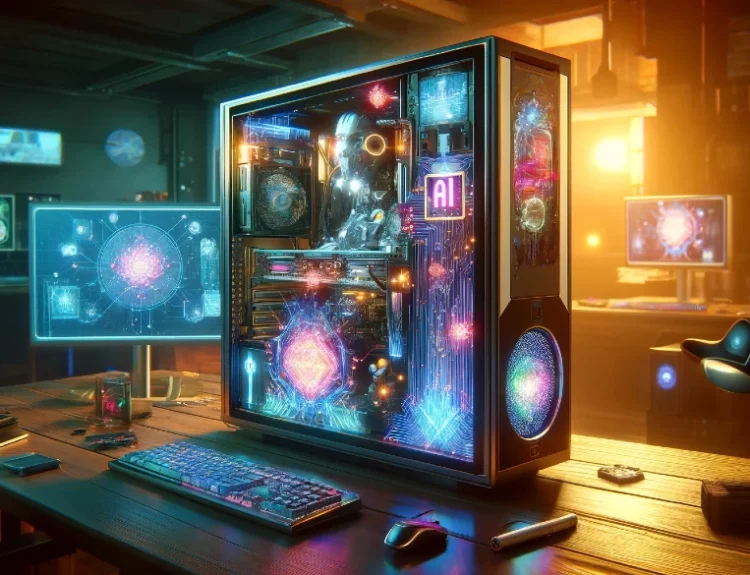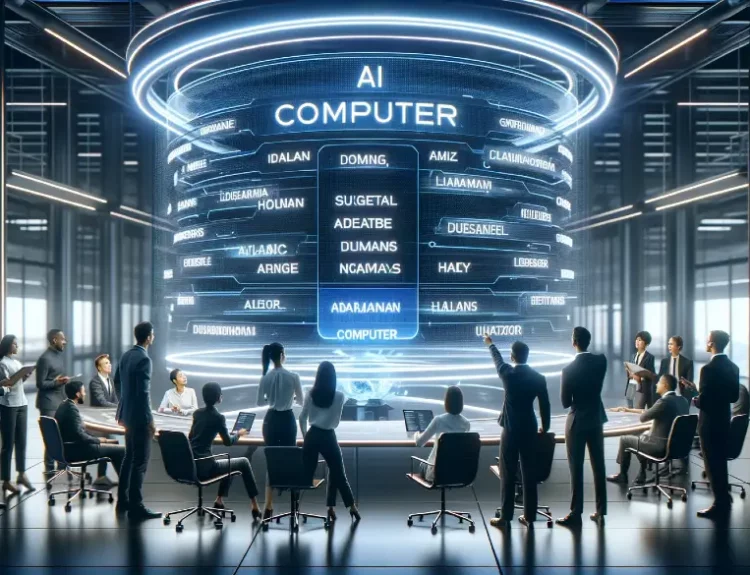Introduction
The world of design has undergone a significant revolution with the advent of Computer-Aided Design (CAD) software. From creating intricate blueprints to visualizing complex 3D models, CAD tools have become an indispensable part of the design process across various industries. Now, on the horizon lies another transformative force – Artificial Intelligence (AI). AI has the potential to fundamentally reshape how we approach design, ushering in an era of AI-driven design technology.
This blog delves into the exciting intersection of AI and CAD, exploring how AI is transforming the design landscape. We’ll dissect how AI algorithms are optimizing CAD processes, discuss the innovative world of generative design, and ultimately, unveil the vast potential of AI in shaping the future of design.
The Rise of AI in CAD
Traditional CAD software, while powerful, often relies on manual user input for design creation and modification. AI, however, is changing this paradigm. By integrating AI algorithms for optimizing CAD processes, software is becoming more intelligent and user-friendly. Imagine software that can anticipate your design needs, recommend optimal material choices based on real-world data, or even identify potential design flaws before they occur. This is the future AI promises for CAD.
One of the most exciting advancements is the concept of generative design. This technology utilizes AI to explore a vast design space based on pre-defined parameters and design goals. AI can then generate a multitude of design options, allowing designers to explore possibilities they might not have considered before. These innovations in AI-powered CAD software empower designers to push boundaries and achieve optimal design solutions with unprecedented efficiency.
Applications of AI in Design
The applications of AI in design extend far beyond mere software optimization. AI is already making waves in various design fields, transforming the way we approach everything from buildings to everyday products.
In architecture, for example, AI can analyze vast amounts of data on climate, building materials, and energy efficiency to generate sustainable and functional building designs. Similarly, in product design, AI can analyze user data and market trends to create products that are not only aesthetically pleasing but also perfectly tailored to user needs. AI can even assist with complex simulations and stress analysis within the CAD environment, allowing for more robust and reliable product development.
These are just a few examples – the potential applications of AI in design are truly limitless. By leveraging AI’s ability to process vast amounts of data, identify patterns, and generate creative solutions, designers across various fields are poised to achieve a new level of efficiency, innovation, and design quality.
The Future of AI in Design Automation
The future of design automation holds immense potential, and AI is poised to play a pivotal role. While complete design automation might not be the immediate future for all design fields, AI can significantly automate repetitive tasks, freeing up designers for more creative endeavors. Imagine AI systems that can handle tasks like:
- Automatically generating detailed technical drawings based on a designer’s initial concept sketch.
- Optimizing layouts and configurations for maximum efficiency and functionality.
- Performing complex simulations to analyze structural integrity, energy efficiency, or user experience.
However, it’s important to remember that human creativity and expertise will remain crucial in the design process. The future lies in intelligent design solutions that leverage the power of AI alongside human intuition and ingenuity. This collaboration will lead to innovations that push the boundaries of what’s possible.
Challenges and Considerations
As with any powerful technology, AI in design also presents certain challenges. One key concern is data bias – AI algorithms are only as good as the data they’re trained on. Biased data can lead to biased design outputs. It’s crucial to ensure ethical considerations are prioritized when developing and implementing AI-powered CAD tools.
Another challenge is the need for explainability – understanding how AI arrives at design decisions is crucial for designers to maintain trust and control over the design process. As AI continues to evolve, transparency and explainability will be key factors in ensuring responsible and ethical use of this technology.
Verdict: Building the Future of AI
At Verdict, we believe the future of AI is collaborative. We’re not just building another AI platform; we’re crafting a future where Machine Learning (ML) and Generative Artificial Intelligence (GenAI) evolve through real-world interactions and the insights of our community.
Every AI Search, AI Chat, and shared result on Verdict contributes to building an AI Platform that understands and grows alongside you. This collective effort shapes the future of AI in design, ensuring it reflects our diversity, learns from our experiences, and expands with our collective knowledge.
Join Verdict and be part of shaping the future of AI-powered design!
Conclusion
The integration of AI in CAD marks a new era in design. AI algorithms are optimizing processes, generative design is unlocking creative possibilities, and the future holds the promise of even greater automation and collaboration. However, human ingenuity remains irreplaceable. By harnessing the power of AI while fostering human-centric design practices, we can unlock a future where design is not just efficient but also innovative, sustainable, and user-focused.
For more thought-provoking content on the exciting intersection of technology and creativity, visit our blog page! Explore articles like “Animating Intelligence: The Fusion of AI and Animation” and “Harnessing the Power: AI Computer Systems Driving Innovation” to delve deeper into the world of AI and its impact on various industries.










